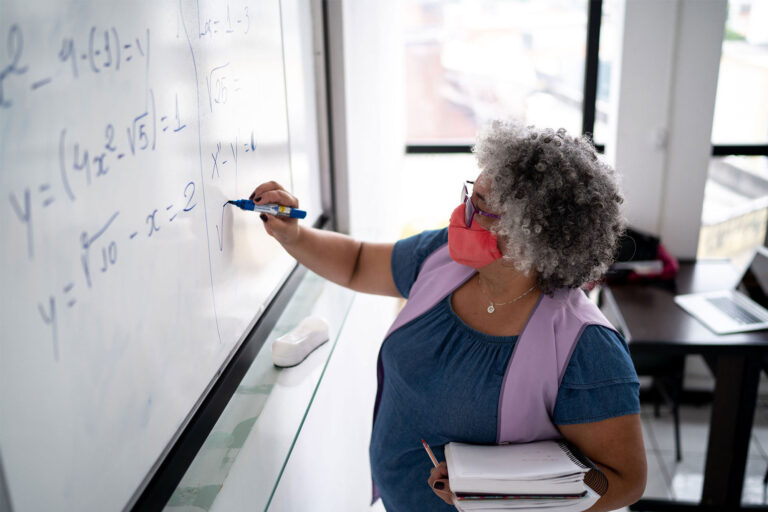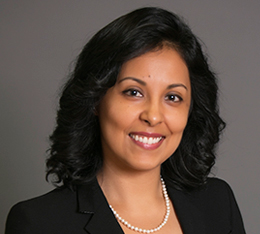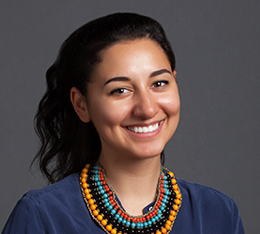This post is part of a series examining how educational opportunities and outcomes differ across California.
With course enrollment for fall 2021 in full swing, many students are facing the critical decision of which math course to take. Gateway (or transfer-level) math is one of the largest barriers for students seeking to transfer to a four-year college. Historically, about 80% of California’s community college students started in remedial math or English, and math has been a much larger obstacle to transfer than English. Today, more students than ever start in a gateway math course, but where students live and what college they attend still affect their ability to access these courses.
Community colleges have made tremendous progress under Assembly Bill (AB) 705, which passed in 2017 and overhauled the placement policies that made it harder for students to take and complete gateway courses. Our recent research found that in fall 2019, the first full term of AB 705 implementation, direct access to gateway math nearly quadrupled systemwide, from 21% in 2015 to 78% in 2019. Successful completion for all first-time math students shot up from 14% to 40% during this timeframe. Importantly, the vast inequities in access to gateway math that existed for Latinos and African Americans prior to AB 705 were nearly eliminated.
But overall gains mask important variation across campuses. The interactive dashboard below shows that in fall 2019 about 60% of colleges with lower access levels in math—defined as campuses in which 65% or fewer first-time math students enrolled directly in transfer-level courses—were within a 25-mile commute of colleges that would significantly improve students’ likelihood of accessing gateway courses. (Hover over the lower-access colleges to see precisely how many colleges fall within this radius.)
Urban areas were especially likely to have several nearby colleges with varying access levels. In the San Francisco and Los Angeles metro areas, all lower-access colleges were within a 25-mile radius of colleges with higher access levels. In fact, at one college in the LA area, over half of first-time math students began in remediation, while at a college less than 10 miles away, 100% of first-time math students began at transfer level. In rural areas, however, several lower-access colleges were not within driving distance of a college with higher access levels.
Given variation in student demographics across colleges, especially along racial/ethnic lines, these findings have critical equity implications. Our research shows a strong association between access to and completion of gateway math, and substantial disparities persist in completion of these courses. In fall 2019, Asian American (57%) and white (49%) students were much more likely to successfully complete a transfer-level math course in one term than their Latino (33%) and African American (27%) peers.
AB 1805 (a follow-up law to AB 705) requires that colleges provide more clarity and transparency about their placement policies and access rates, which could help inform students’ enrollment decisions—especially for those who could attend several nearby campuses. The move to online instruction as a result of the pandemic presents another opportunity that could allow students to take math courses at colleges that provide higher access. Sharing math placement policies and access rates publicly would provide students with better and more equitable opportunities to complete gateway math requirements, regardless of where they live.







